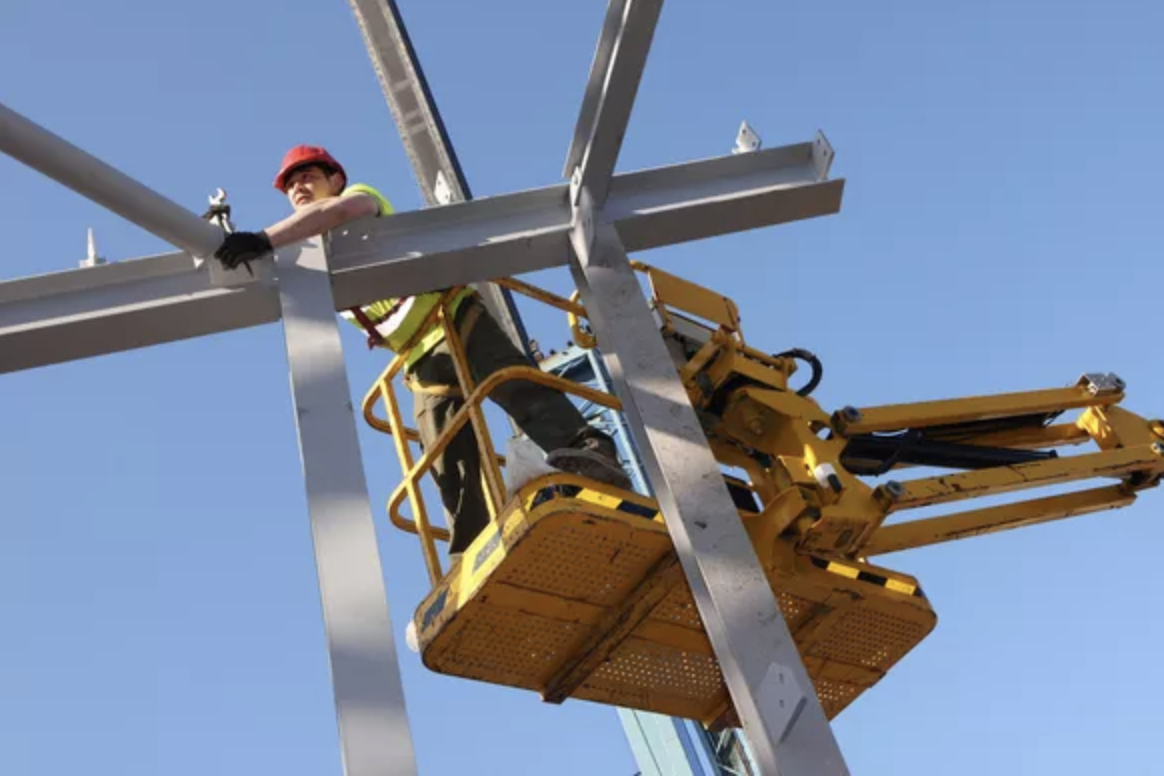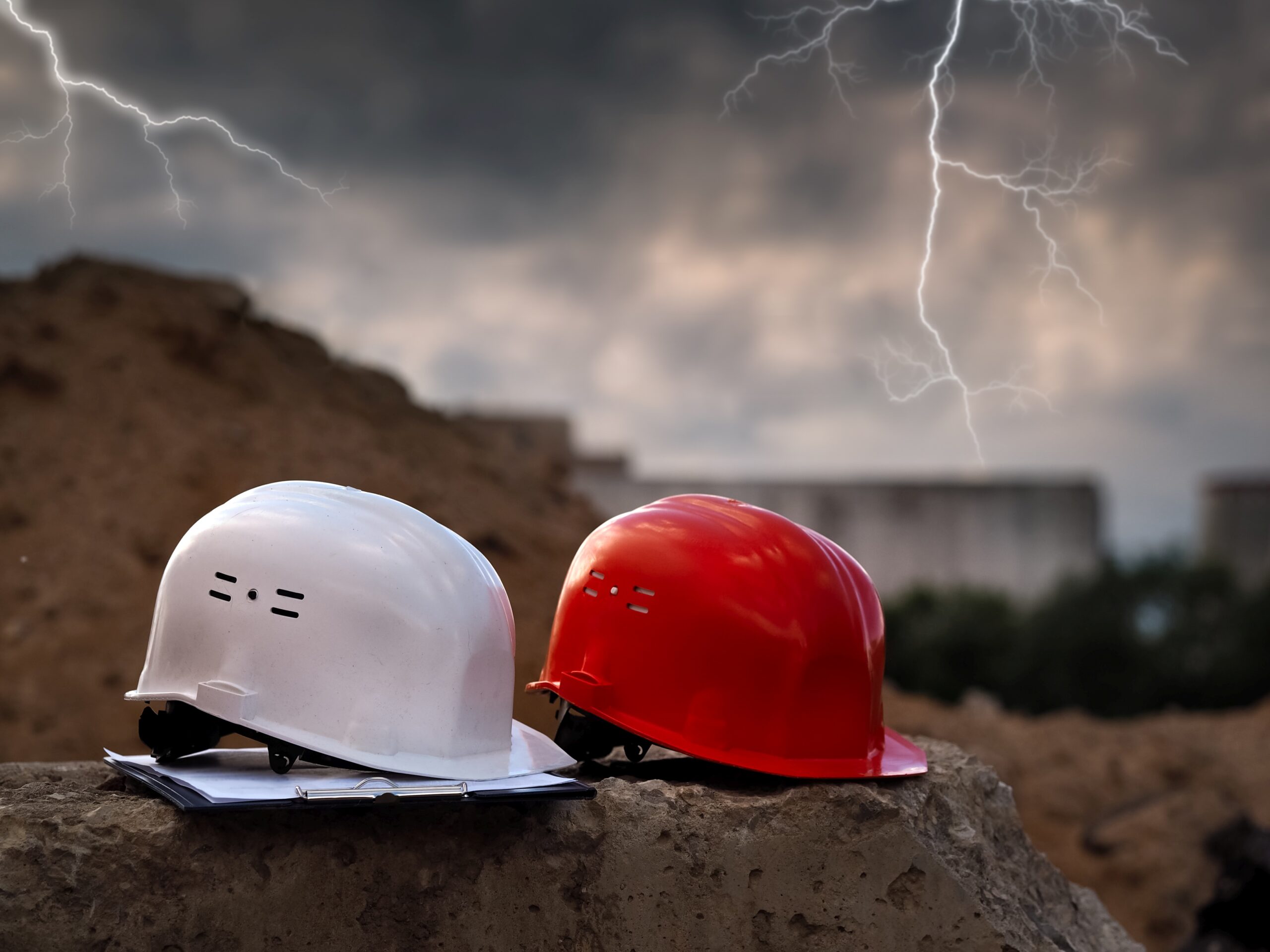According to the National Safety Council (NSC), a “near miss” is an unplanned event that did not result in injury, illness, or damage, but had the potential to do so.
As the NSC additionally points out, a faulty process or management system is invariably the root cause for the increased risk that leads to the near miss, and should ultimately be the focus of improvement.
It’s not just about systems, though. As is so often be the case with safety, it comes down to culture. And in this particular case, how can your safety culture keep near misses at the forefront of an ongoing conversation that leads to accident prevention?
Keys to Creating an Effective Safety Culture
A company’s culture should proactively seek to identify and control hazards, which certainly reduces risk, but a well-executed program goes beyond that. Here are some ways to integrate consistent practices and ultimately work toward a well-established safety culture and safety program at your concrete pumping operation.
- Hazard Identification: Just the Start
A good starting point is making a practice out of collecting near-miss reports. It allows hazards to be appropriately identified and thus thoroughly investigated, and the root causes can and should be determined in order to implement appropriate controls.
- Get Everyone On Board
I’ve said it time and again: employee participation is especially crucial to a successful near-miss program. Everyone at your organization has to be involved, from the corner office to the job site and the many places in between. After all, it’s mostly your employees that experience and report these incidents—so it makes sense that they should be trained on how to properly identify and recognize potential hazards.
But it’s not just on the employees—those same workers must also feel confident that the entire organization is on the same page and equally committed to said program. Which leads to our next point:
- Make Sure Management is Executing
Employers want to both know and believe that their employer is committed to any program set forth, but especially safety. It’s incumbent on management to make sure that not only is the program implemented efficiently, but articulated in a way that makes sense to employees within every layer of the organization, and adapted accordingly.
- Establish a See Something, Say Something Mentality
Any number of safety risks exist within and around a concrete-pumping jobsite—from pump-truck boom placement (power lines) to scaffoldings and similar buildings/structures to outrigger pads, ground pressure, concrete mix quality, proper hose application, and more.
The vast possibilities for safety challenges in the concrete pumping environment lead to a crucial question: what protocols do you have established with your teams to promote a “see something, say something” mentality? And how does your safety & loss-prevention plan support that culture—using telematics to coach minor infractions?
This is one of those process- and system-related questions that’s even more important than it seems. Think of safety culture as a building. Buildings are only as strong as their foundations, and at the very start of any safety culture are the attitudes which guide your employees and workers. If you’ve got a team that alerts management to issues (which are essentially threats and hazards yet to be activated, and therefore potential near misses) then you’re stopping problems before they arise.
See something, say something is really just being proactive.
- Incentivize
We all know rewards make results. Make sure you approach incentivizing as intelligently as you can. Think about the way you reward good behavior. How often are you reviewing employee habits and trends and responding? Make sure the criteria make sense. Is it fair? Are rewards tangible?
Consider too that everything is part of the same package. The way you reward positive behaviors—your overall organizational approach—parallels with other elements of safety culture like consistent safety meetings and reviews. You need to consider: who is attending, when and where are these meetings held, are the topics relatable?
At the end of the day, a well-organized, developed, and implemented safety culture will greatly reduce potential hazards and risk, and in turn, create a collaborative environment where workers feel committed to not just job site success, but the long-term viability of the company they work for.
Unfortunately, it doesn’t take much digging to find an assortment of companies across the industry space that found themselves at the mercy of a claim because their safety activities were reactive versus proactive—across all layers of the business.
Too many organizations wait for losses to occur before taking the necessary steps that would have prevented the loss in the first place. Don’t let yours be one of them.






